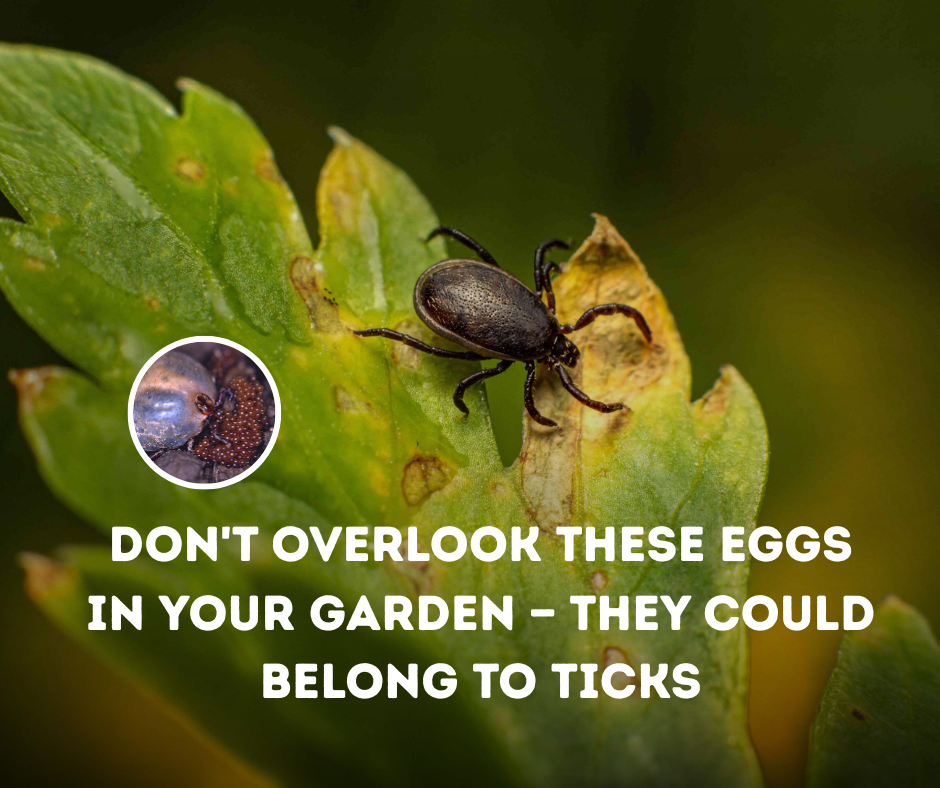Ticks are more than just a nuisance — they can pose serious health risks to both humans and pets. If you spend time outdoors, especially in grassy or wooded areas, it’s important to know what to look for. One often overlooked warning sign is the presence of tick eggs in your yard.
What Do Tick Eggs Look Like?
Tick eggs are tiny but can be seen if you know what to watch for. They usually appear in clusters, often looking like small, shiny brown or reddish spheres, no larger than a grain of sand. A female tick can lay thousands of eggs at a time, usually hidden in tall grass, leaf piles, garden beds, or shady areas.
Ignoring these eggs can lead to a serious infestation — and increase the chances of Lyme disease and other tick-borne illnesses.
How to Remove Tick Eggs From Your Yard
If you spot what you think might be tick eggs, here’s what to do:
- Wear Protective Clothing: Always wear gloves and long sleeves when dealing with ticks or their eggs.
- Use a Sealable Bag: Carefully scoop up the eggs using a piece of cardboard or a small shovel and place them in a sealed plastic bag.
- Dispose of Them Safely: Do not crush the eggs with your hands. Seal the bag tightly and dispose of it in an outdoor garbage can. Some people choose to burn the eggs (safely and legally) to ensure they are destroyed.
- Treat Your Yard: Consider using tick control treatments that are pet- and family-safe. Natural options include diatomaceous earth or cedar oil sprays, while stronger chemical treatments may be necessary for larger infestations.
- Keep Your Yard Tidy: Mow the lawn regularly, remove leaf litter, and trim back tall grasses and bushes where ticks like to hide.
How to Protect Your Pets From Ticks
Your pets, especially dogs and outdoor cats, are prime targets for ticks. Here’s how to keep them safe:
- Use Vet-Recommended Tick Prevention: Options include topical treatments, collars, and oral medications. Talk to your veterinarian about the best choice for your pet.
- Check Pets Daily: After outdoor activities, thoroughly check your pets — especially around the ears, neck, underarms, and between the toes.
- Bathe Pets Regularly: Regular baths can help wash away unattached ticks and make it easier to spot any that have latched on.
- Maintain a Tick-Free Yard: Keeping your outdoor spaces clean, dry, and treated will significantly lower the risk of ticks finding their way onto your pets.
.
Ticks and their eggs can be a serious problem if left unchecked. By staying alert, removing tick eggs promptly, and keeping your pets protected, you can enjoy your garden and outdoor spaces with greater peace of mind. Regular yard maintenance and pet checks are small efforts that can make a big difference in keeping your home healthy and safe.
